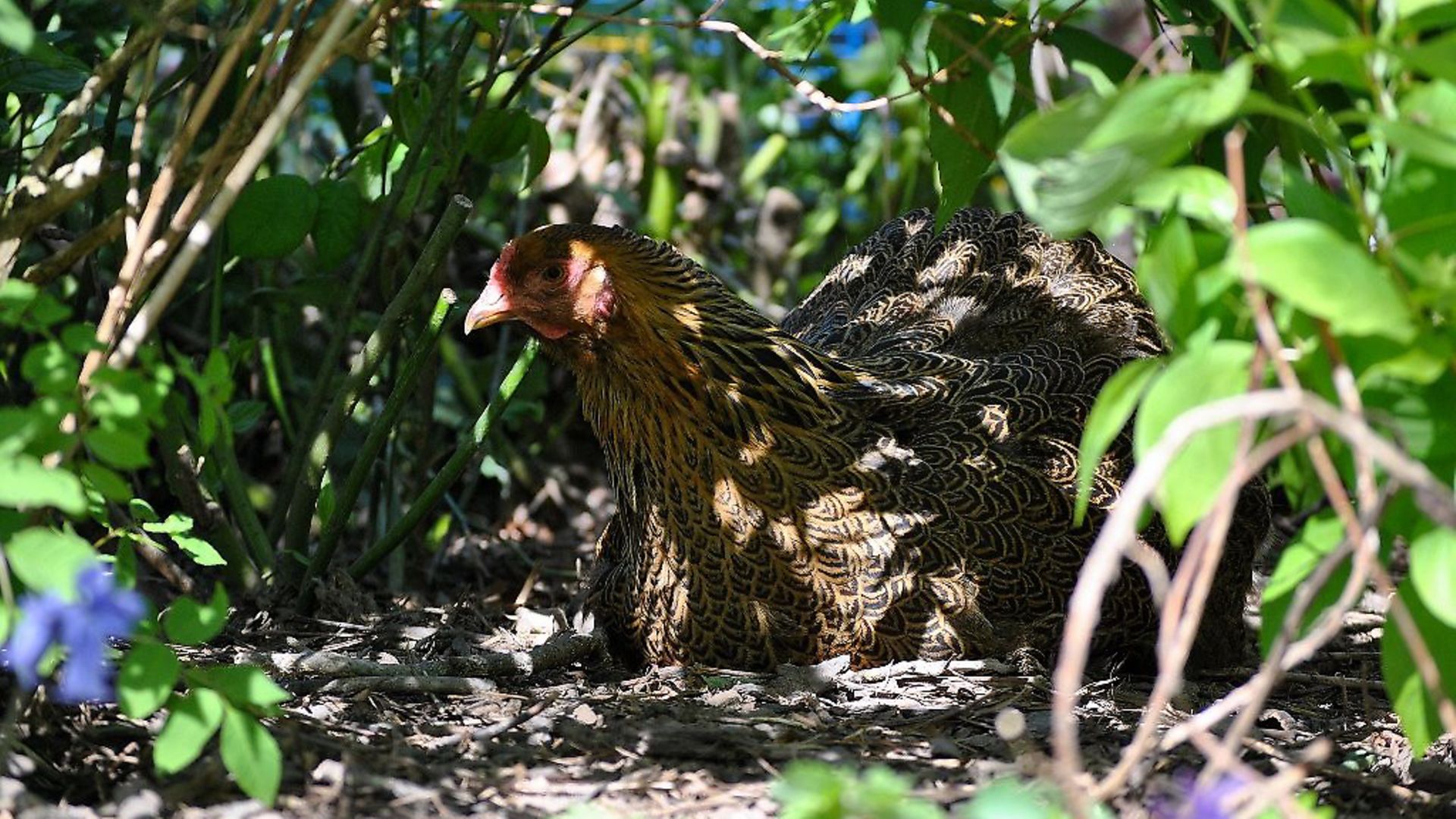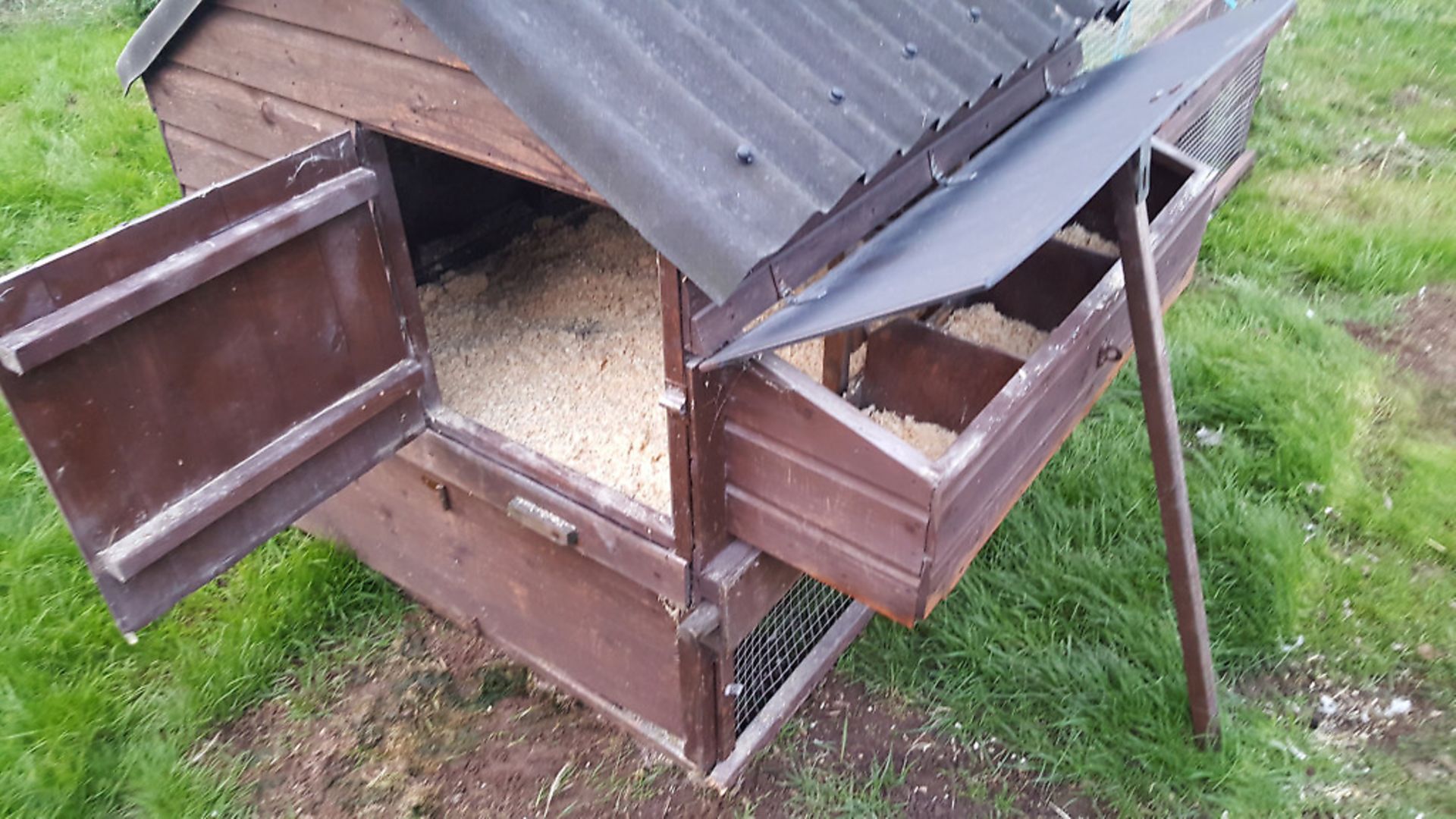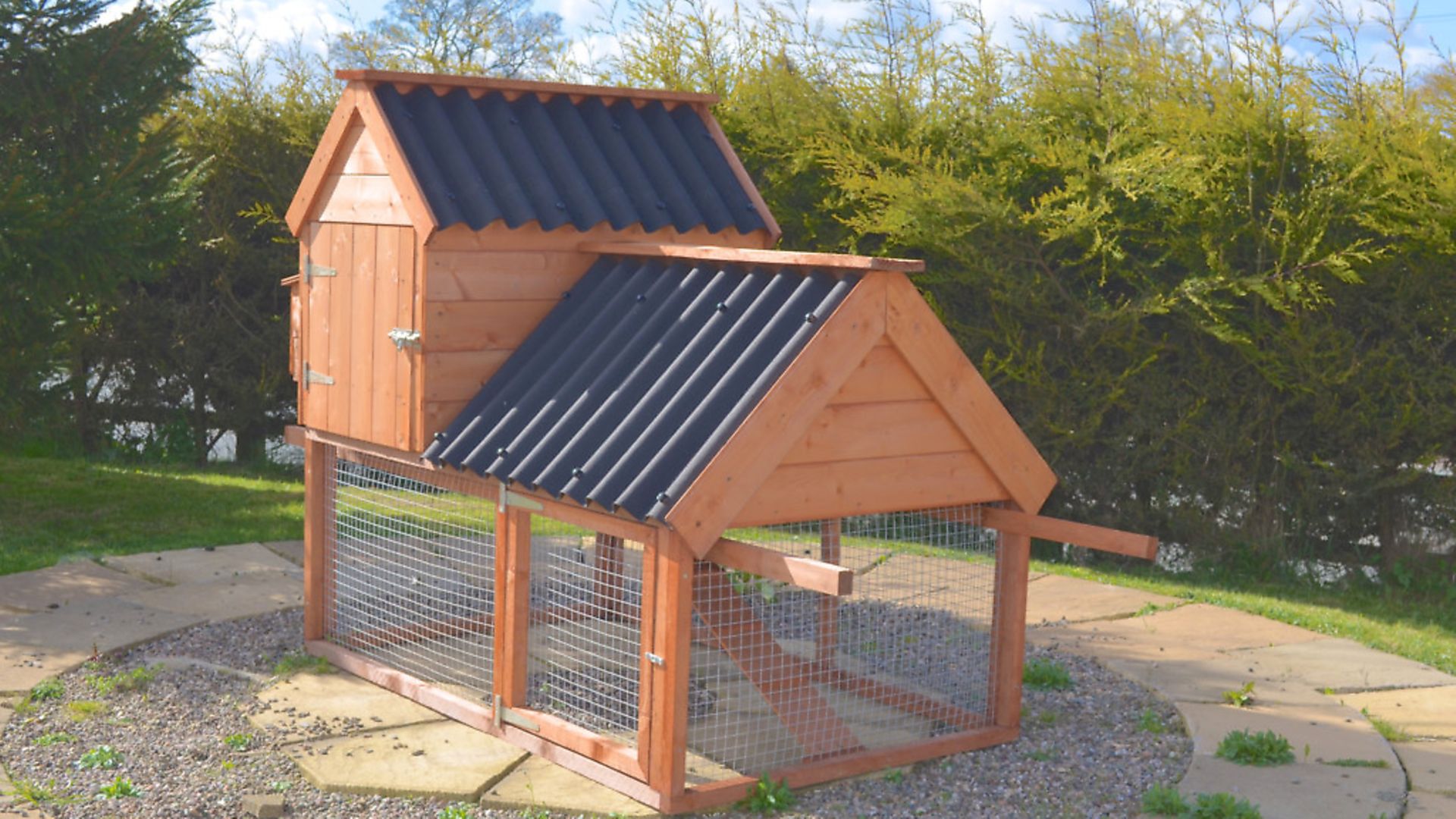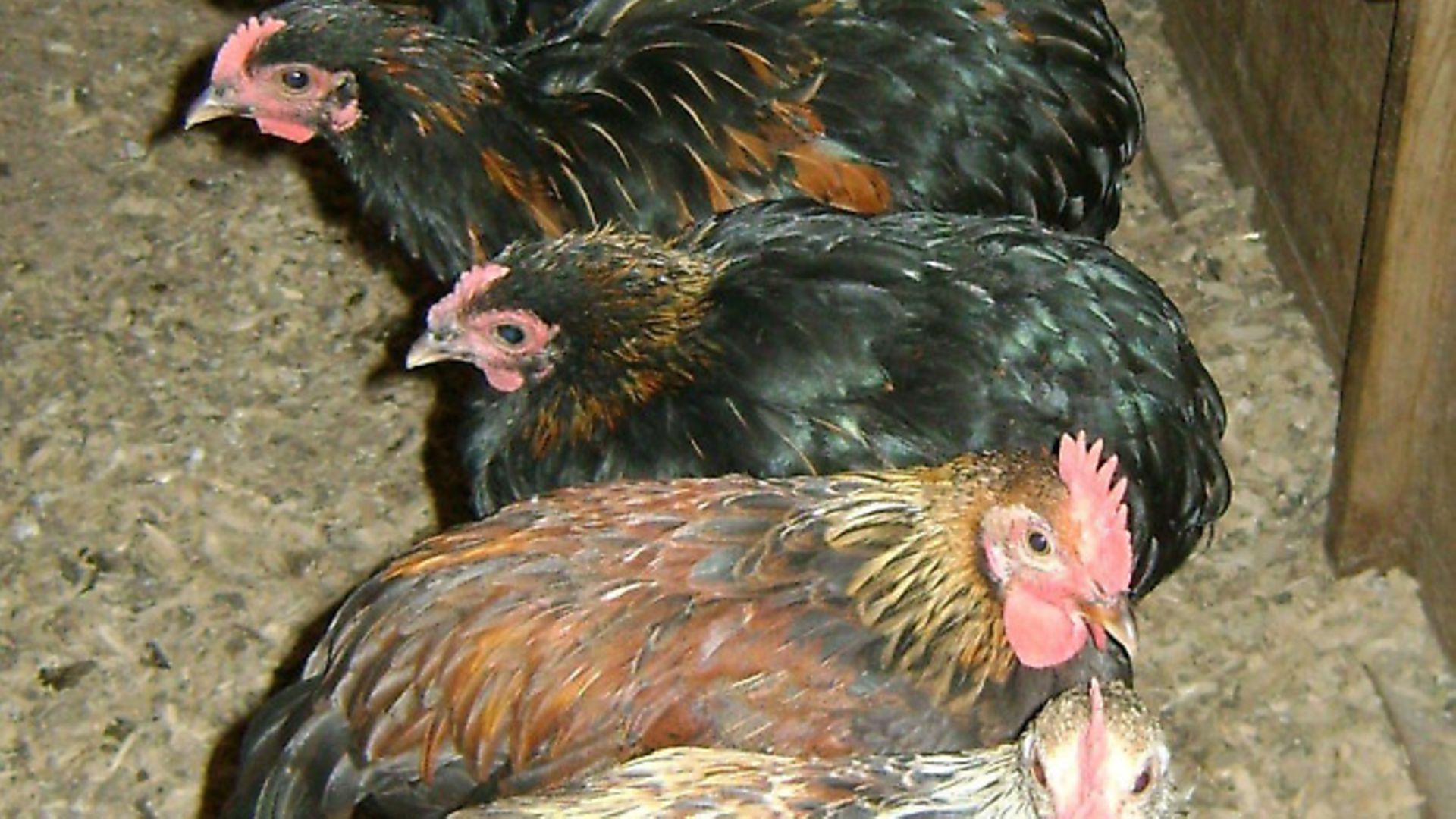Andy provides advice to ensure that your chicken coop is providing your chickens with everything they need, including advice on perches, nesting areas and chicken coop ventilation

Poultry have very few needs when it comes to a house and, as such, they should not be complicated structures. There are, however, certain ‘must-have’ and ‘should-have’ requirements that apply to almost any chicken coop. Recognisng these features, and being able to spot when they are absent, will help you evaluate the chicken housing on the market in your area, or ensure that when you are modifying or building your own coop you are always looking at things from a chicken’s perspective..

Here are the essentials for any chicken house:
* A solid construction (there are lots of cheap options on the market that simply don’t last more than a couple of seasons and are a false economy);
* At least one nesting area per three birds;
* Correct ventilation, not systems that simply encourage draughts. Be aware, too, that ventilation is essential throughout the year. Don’t be tempted to seal the coop up, even in the coldest of weather, as this will serve no benefit to the birds inside.
* Easy access for cleaning by the keeper. Possibly one of the biggest oversights in coop design is access—not for the birds, but for you, the keeper. You will require access to the nestboxes in the house at least once a day to check for eggs, but, more importantly, you need access to the whole house in order to clean it out.

Perches are not essential, but are preferable to stop roosting on the floor. If they are installed, they need to be:
* Higher than nest box to stop roosting in the nest box (chickens will always try to roost at the highest accessible point in a house);
* 5-8cm thick with a smoothed curve and not a round dowel;
* Sufficiently long. One bird per 20cm of perch space is required regardless of what the housing claims it can accommodate;
* Adequately spaced out. When there are multiple perches they need to be at least 30cm apart.
It’s often nice to feel you’ve invested in something beyond the basic model and added some worthwhile optional extras. It is important, however, to remember that embellishments to a henhouse can often mean more surfaces to clean or, worse still, more areas in which mites can hide. There are a few optional extras that, if included in the coop design, will enhance the coop and make things easier for you, the keeper.
TIP: BE AWARE – Perches for large or heavy breeds of chicken ideally should not be higher than 12in (30cm) above the floor level of the coop. This is not because these chickens are unable to get onto the perches, but because they run the risk of foot or leg damage when they jump down, which can in turn develop into a painful and potentially fatal condition known as bumblefoot
TIP: CLADDING If you are intending to construct your own chicken coop from marine plywood, clad the house framework from the inside as opposed to the outside. This reduces the gaps in the wood even further and means you can seal the joints, thereby eliminating any potential hideaways for lice and mites.

Removable chicken perches
These can make cleaning much easier as they allow better access to the house, and they can also be replaced with fresh new perches periodically. Bear in mind that a chicken can spend an average of 10 hours out of 24 sitting on the perch bars, so it’s important that they are maintained. In fact, having any removable components within the coop can be a real boon as they are much easier to clean and disinfect, and even simpler to replace.
Raised Chicken Housing
A coop that is raised (or that can be raised) 6–8in (15–20cm) off the ground is an optional extra worth considering. A raised coop has a number of advantages: first, the house is higher so you don’t need to stoop as much to clean it out; second, it will deter vermin from taking up residence under the house; and, finally, the area of ground under the house provides a perfect shelter for the chickens from the rain and wind, and will soon become a favourite dust-bathing spot.
Indoor Chicken Feeders
Always aim to buy a coop that not only has enough space for the number of chickens you wish to keep, but also sufficient to accommodate a feeder within it. Being able to keep feeders indoors not only stops the feed from becoming spoiled by the weather, but it also deters vermin and wild birds from helping themselves to the feed.
TIP – Catches, clasps, hinges, and any other metalwork used in coop construction should be solid and ideally made from stainless steel. There is little point in have a top-quality henhouse if the metalwork is substandard, rusts, and snaps off.
Image(s) provided by:
Archant
Archant
Archant
Archant







